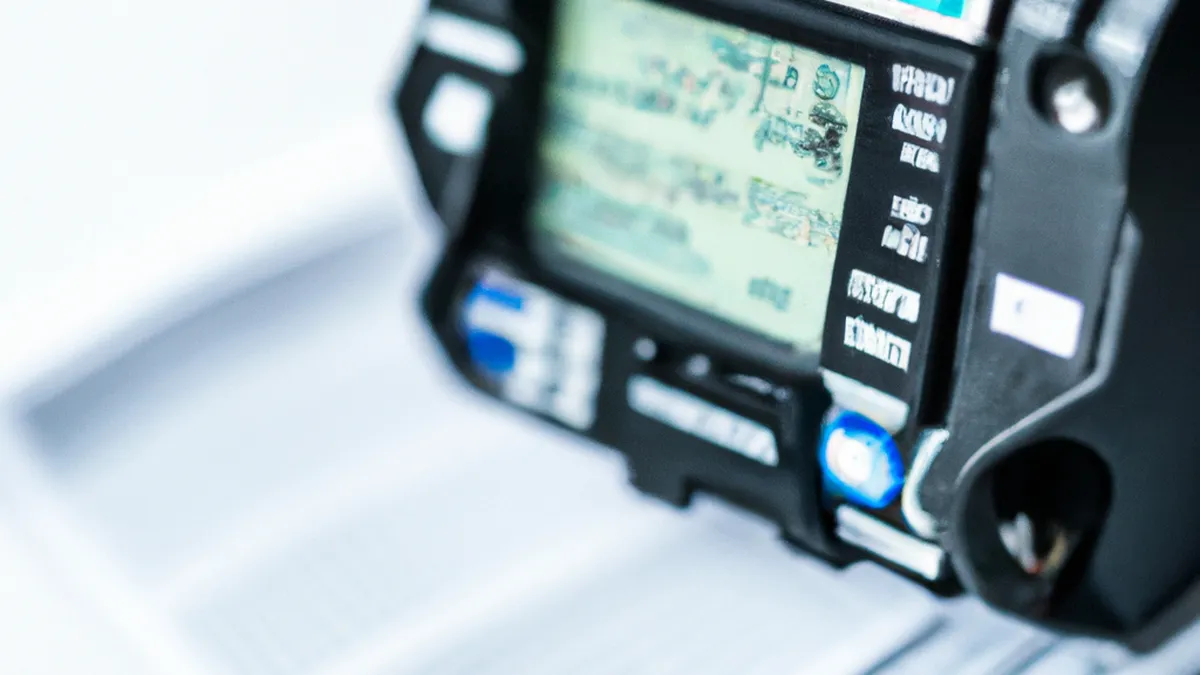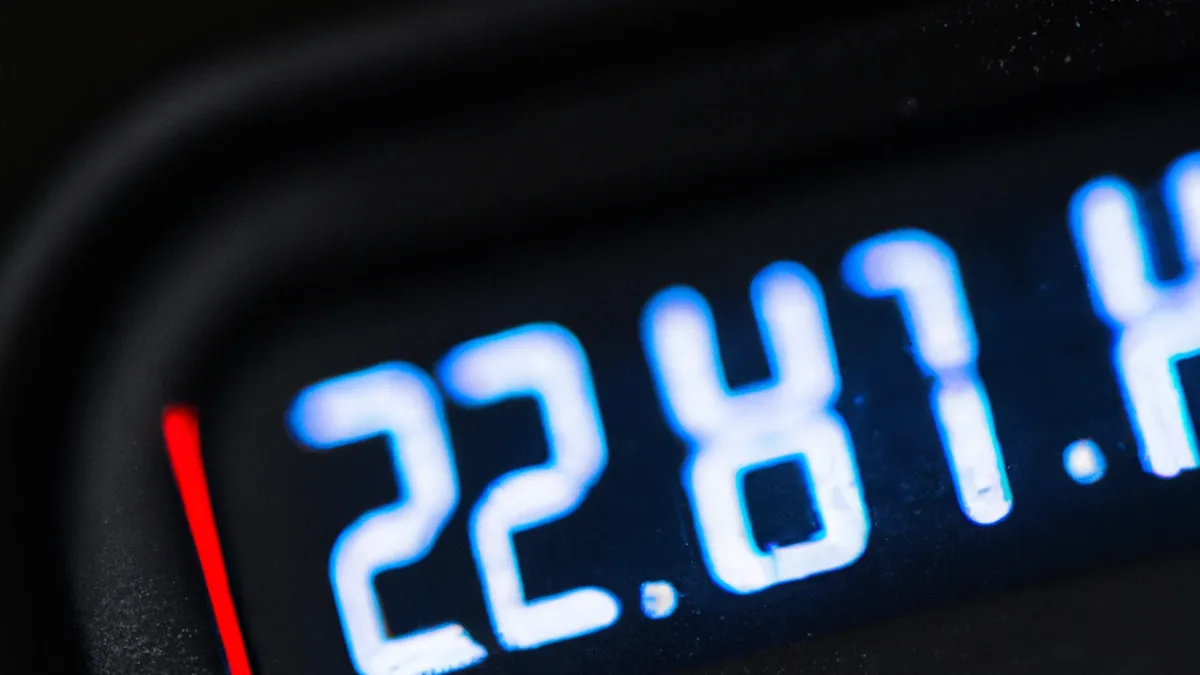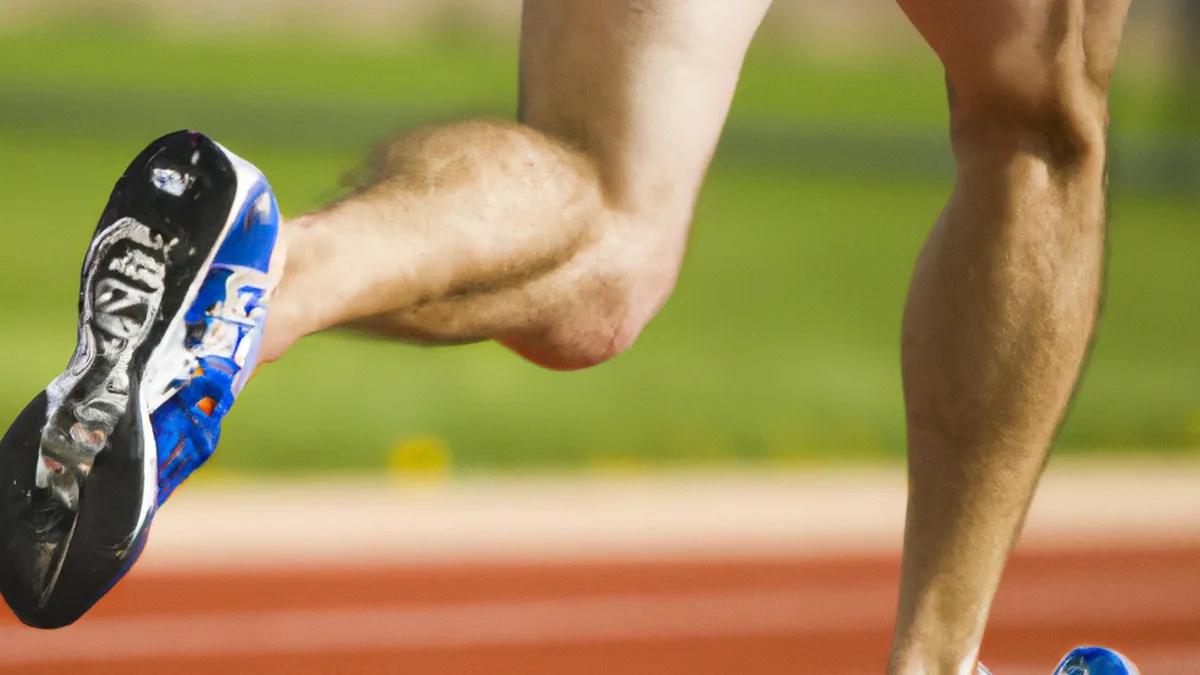IMU Metrics: The Next Level of Analysis
IMU Metrics for Performance OptimizationIn today’s fast-paced world, you must optimize performance for success. Athletes, developers, and business owners can enhance outcomes by understanding IMU (Inertial Measurement Unit) metrics. IMUs track movement and orientation, providing invaluable data for optimization. This blog shows how to leverage IMU metrics effectively.
Understanding IMU Metrics
IMUs combine accelerometers, gyroscopes, and sometimes magnetometers to track an object’s movement in three-dimensional space. They measure acceleration, rotation, and magnetic fields, delivering precise data for motion and orientation analysis.
Key IMU Metrics
1. **Acceleration**: This metric measures velocity change rate in meters per second squared (m/s²). It identifies how quickly an object moves or changes direction, crucial for sports analytics and autonomous vehicles.2. **Angular Velocity**: Measured in degrees per second (°/s) or radians per second (rad/s), angular velocity reflects how fast an object rotates around its axis. This metric helps understand the dynamics of rotating systems, like drones and robotic arms.3. **Orientation**: IMUs determine an object’s orientation relative to the Earth’s surface using sensor fusion techniques. This measurement proves vital for robotics, augmented reality, and navigation systems.
Data Collection and Analysis
To collect data from IMUs, place them on the target object and perform specific tests or activities. After data collection, analyze the information using software tools that process IMU data. These tools provide insights into performance metrics, enabling informed optimization decisions.
Tips for Leveraging IMU Metrics
As an Amazon Associate I earn from qualifying purchases.
Gear tip: consider heart rate strap, power meter, and cadence sensor to support this topic.
Follow these practical tips to optimize performance with IMU metrics.
Set Clear Goals
Before collecting data, establish clear objectives. Identify specific performance aspects you want to improve. Athletes might enhance speed or agility, while developers could reduce latency in motion-tracking applications. Clear goals focus your analysis and ensure relevant data collection.
Use the Right Tools
Choosing appropriate IMU devices is crucial. Different devices offer various features, including accuracy, measurement capabilities, and durability. Consider factors like sampling rate, sensor range, and environmental conditions when selecting an IMU. This careful choice impacts your data quality.
Regularly Monitor Performance
Consistent monitoring proves critical for effective optimization. Regularly collect and analyze data to identify performance trends and fluctuations. Ongoing assessments let you make timely adjustments and keep you on track toward your objectives.
Implement Advanced Analysis Techniques
Consider employing advanced analysis techniques like machine learning algorithms and predictive analytics. These methods help uncover patterns and insights.
Conclusion
In conclusion, leveraging IMU metrics effectively enhances performance across various applications.
Below are related products based on this post:
FAQ
What are IMU metrics?
IMU metrics refer to the data collected from Inertial Measurement Units, which track movement and orientation. They combine accelerometers, gyroscopes, and sometimes magnetometers to provide precise measurements of acceleration, rotation, and orientation in three-dimensional space.
How can IMU metrics be used in sports?
In sports, IMU metrics can enhance performance by analyzing acceleration and angular velocity. These metrics help athletes improve speed and agility by providing insights into their movement patterns and allowing for targeted training adjustments.
What should I consider when choosing an IMU device?
When selecting an IMU device, consider factors such as accuracy, measurement capabilities, and durability. Additionally, the sampling rate and sensor range are crucial, as they directly impact the quality of the data collected for analysis.















Post Comment